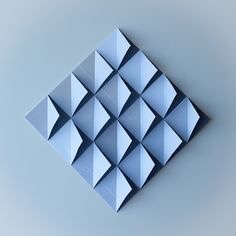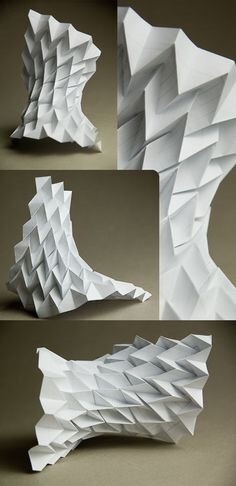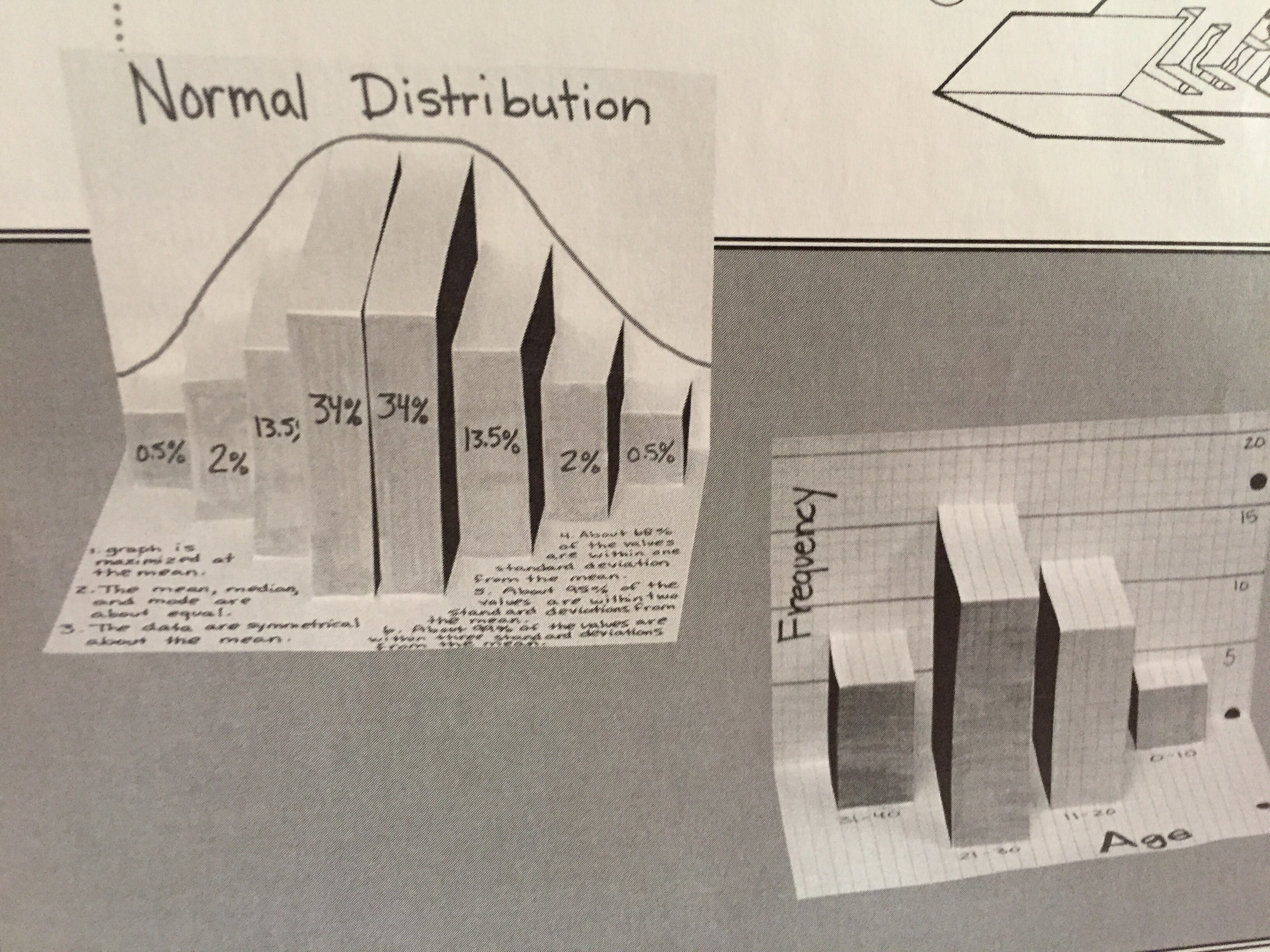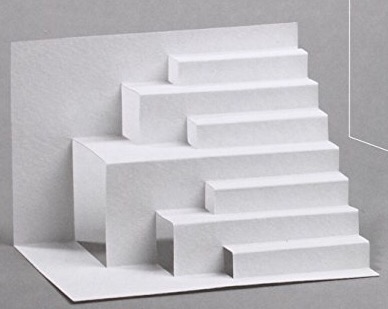This statement from STEAM: How art can help math students really struck a chord for me:
“The big point of it is that maths is really not about formulas, it’s about finding patterns in things, and how they influence people. And that’s a big part of art,”Year 12 student Maxim Adams
I am currently teaching geometry (among other maths!) and we are in the sweet zone of shapes: triangles lead to parallelograms which lead from 2D to 3D to the idea of 4D (think twisted paper*). All of this incorporates the effects of angles on shape which affects (and effects) area. Some shapes are more ‘beautiful’ than others. Some shapes and forms lead us to wanting to know more…

I use paper folding to illustrate these shapes and connections. Patty paper is very light and a great beginning medium to illustrate the connections between shape and angle, how changing the angles changes the shape. Origami fascinates me, and I use it to fascinate my geometry students, and to lead them into exploring the relationships found there. The zig zag origami is complex and beautiful, and it takes a bit of time to teach, but as my students learn to fold, we are talking about math. Even their mistakes, when they have to go back and refold, teach them about the shapes and connections. And as STEAM director Melissa Silk says,
“I think it needs to be embedded from a very early age…When I’m teaching design, I’ll try to bring in a mathematical element. It’s worth students trying to make those connections without having to find it arbitrarily later in life.”
These ‘connections’ she speaks of are not innate. Students see without understanding. Teaching reveals and makes obvious; children begin to see math in everything in the world around them. It will allow them to make much deeper connections, more fluid connections, throughout their education and beyond.
 Art is not math, it’s not boring. Folding paper, for many math students, isn’t ‘doing math’. While they may struggle to fold straight lines, to make inverse folds, to make it look ‘right’, they are creating something beautiful, and if I can teach them nothing else, I can show them math can be beautiful!
Art is not math, it’s not boring. Folding paper, for many math students, isn’t ‘doing math’. While they may struggle to fold straight lines, to make inverse folds, to make it look ‘right’, they are creating something beautiful, and if I can teach them nothing else, I can show them math can be beautiful!
 The idea, after introducing them to this complex looking, yet simple, folding technique, is to have them think about what it will take to replicate angles, curves and other shapes with their paper. Then they have to apply some design sense: how many folds? How long does the fold need to be? What direction do they need to fold? What angles will produce a curve? The folds are repetitions of a fold- what is the proportional relationship? In this image, there is a curve. Each fold is a point on that curve. It can be mapped on grid paper, it can be written as a formula. There is a connection!
The idea, after introducing them to this complex looking, yet simple, folding technique, is to have them think about what it will take to replicate angles, curves and other shapes with their paper. Then they have to apply some design sense: how many folds? How long does the fold need to be? What direction do they need to fold? What angles will produce a curve? The folds are repetitions of a fold- what is the proportional relationship? In this image, there is a curve. Each fold is a point on that curve. It can be mapped on grid paper, it can be written as a formula. There is a connection!
Don’t be afraid to start with complex looking folds. It’s so powerful for students to struggle with something that seems beyond their abilities. Success is completely intrinsic and will lead to a student who is more confident. This feeling of success is habit forming. It is a primary building block in creating a student who perseveres!
(Check out 7 more art and math connections here.)
We can calculate the area of this beautiful 3D paper construction, we can create more of them by following the ‘formula’ or we can dramatically change or even destroy an image by changing the formula! This creative process stretches the imaginations of my students. The ‘what if’s are endless.
Many of my students will continue with this exercise beyond class, through drawings, foldings, and cut paper. There is a great simple foldable here that actually incorporates cuts to create a 3D effect. It’s a great way to jumpstart paper folding and cutting shapes to students that are not accustomed to paper-folding activities! I want my students to make graphic organizers that are beautiful to look at. Notes as art… What a concept!
Notes as Art… What a concept!



I’m not familiar with that. Thank you. I will look it up.
Do you know the chapter on wire frame soap bubbles, in”What is Mathematics” by Courant and Robbins ? It would follow the paper stuff nicely, after a bit of a gap.